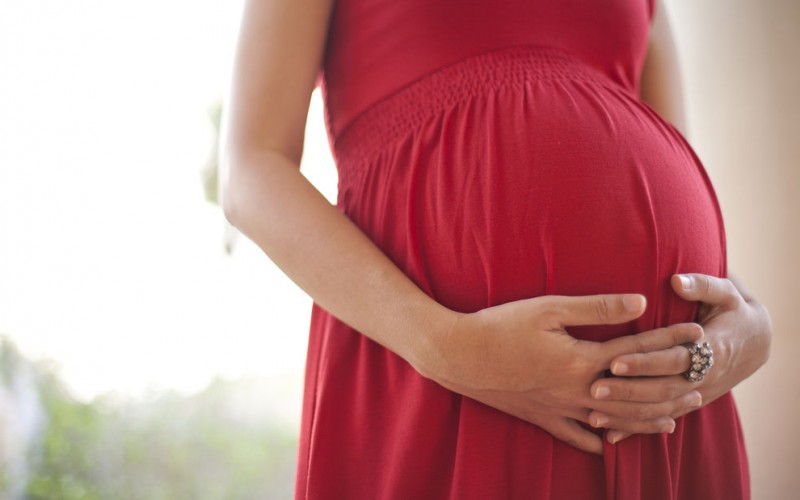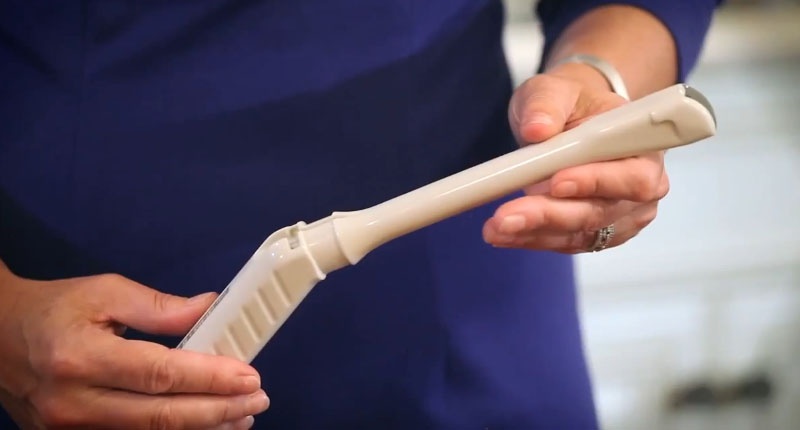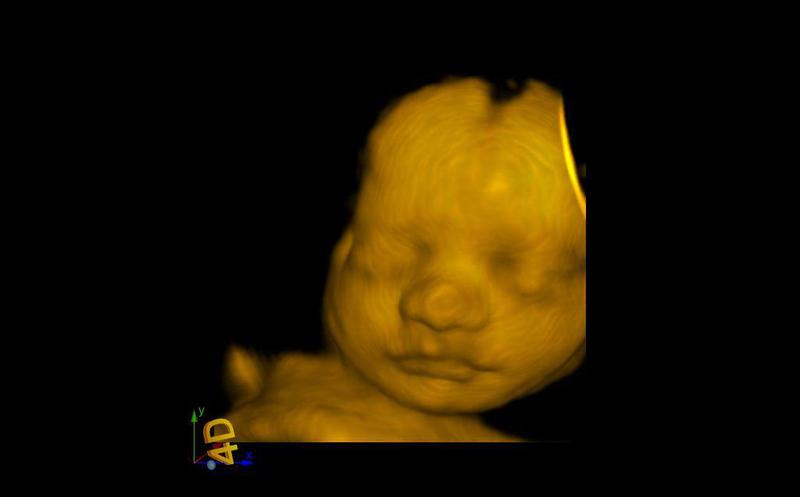Most women are able to correctly guess that they have conceived by the week 4 of pregnancy. Some of you may still have doubts about whether or not your efforts have been successful. If your urine pregnancy test has come positive, you have confirmed the news. However, in most cases, the urine pregnancy test becomes positive only after the 4th weeks is over. So, if your test is negative, you can still wait for a week more. You can repeat the test in the next week and it might come positive.
Irrespective of whether or not you have confirmed your pregnancy, the baby will continue to grow once the conception has actually occurred. However, either way, you will not feel much of a difference. The early pregnancy symptoms usually start kicking in only after the later weeks of the first trimester. But, you can definitely learn about the care you should take during this phase. You should also learn about the development of the baby at week 4 of pregnancy.
Development of Fetus at Week 4 of Pregnancy
At 4th week, the baby is as small as the size of a poppy seed. It is practically microscopic. So, you cannot really expect to have a bulging tummy. The fetus, at this stage, is called a blastocyst. It is a small ball of cells, which is attempting to settle in the uterus. At this stage, the blastocyst also prepares itself for a crucial phase of development that happens over the next few weeks.
This week 4 of pregnancy is the beginning of the baby’s embryonic period. The development of organs occurs from the 4th week onwards. Some organs even begin to function. Hence, the baby is likely to be vulnerable to the factors that can interfere with its growth and development. The blastocyst consists of two layers: the hypoblast and the epiblast. All the organs of the body develop from the hypoblast.
The placenta that was formed in the previous week is still primitive at week 4 of pregnancy. The cells of placenta tunnel through the uterine lining to form channels for the blood to flow from the mother to the growing fetus. This allows the developed placenta to provide oxygen and nutrients to the baby.
The amniotic sac holds and supports the baby. It contains the amniotic fluid, which protects and cushions the baby. The yolk sac supports the baby’s growth and development by producing red blood cells. It helps to deliver essential nutrients to the fetus until the placenta has fully developed to perform this function.
Ultrasound images at week 4 of pregnancy
The ultrasound images at week 4 of pregnancy can help to reveal a lot about the development of the baby. At this stage, the neural tube of the baby is already formed. The neural tube serves as the building block for the brain, spine, and the backbone. The amniotic fluid and sac form a protective cushioning around the baby. However, at 4th week, it may appear just like a tiny dot and is called the gestational sac.
Symptoms to expect at week 4 of pregnancy
The changing hormonal levels can trigger a set of symptoms. These symptoms can provide some hints about conception if you have not yet confirmed it through a urine test. Here are a few symptoms to expect at the 4th week:
- Bloating: You may experience a feeling of bloating and heaviness. This symptom occurs due to the increased progesterone levels.
- Cramps in the abdomen: a mild cramping pain in the lower abdomen may occur at this stage. It could be a sign that the fetus has implanted in the walls of the uterus.
- Spotting: mild spotting or bleeding may occur during this week. It is usually the result of fetal implantation.
- Mood swings: most women experience fluctuating moods from week 4 of pregnancy. This symptom may persist throughout the first trimester. It occurs due to the changes in the levels of hormones. You may feel stressed out or even sad and depressed. Some women experience euphoric moods at one moment and the next moment, they feel anxious. These mood swings usually resolve as they enter the second trimester.
- Morning sickness: more than 50 percent of women experience morning sickness or nausea and vomiting at week 4 of pregnancy. It may worsen over the next few weeks and later, subside by the end of the first trimester.
Read more: Week 5 of Pregnancy: Pregnancy Week by Week
Dos and don’ts to follow at week 4 of pregnancy
At 4th week, the belly may feel slightly bloated. However, the obvious signs of pregnancy are yet to be evident. Still, women are advised to start acting like a pregnant woman and follow some dos and don’ts as given below:
- Do start taking prenatal vitamins. You can take at least 400 mcg of folic acid a day. This nutrient can prevent birth defects in the baby.
- Don’t shy away from wearing looser clothes. Avoiding tight-fitting clothes especially around the tummy region. It can help to prevent nausea and bloating. It is also important to avoid engorgement of the blood vessels in the uterus.
- Do a urine pregnancy test if you haven’t done it so far.
- Don’t consume alcohol.
- Do quit smoking.
- Don’t take any medication unless prescribed by a doctor.
- Do consult a gynecologist to seek advice regarding diet, supplements, etc.
Pregnancy test
At week 4 of pregnancy, you will be able to fairly predict whether you are pregnant or not. You can confirm your pregnancy with a simple urine pregnancy test. You may do the test by the end of week 4 or in the 5th week.
If the test is positive, you can call your doctor and schedule your first appointment for prenatal care. The test can confirm the pregnancy by detecting the presence of human chorionic gonadotropin or hCG in the urine. If the test is negative, you can wait for another week and repeat it. In some cases, the pregnancy test is not positive until after the week 5 of pregnancy.












